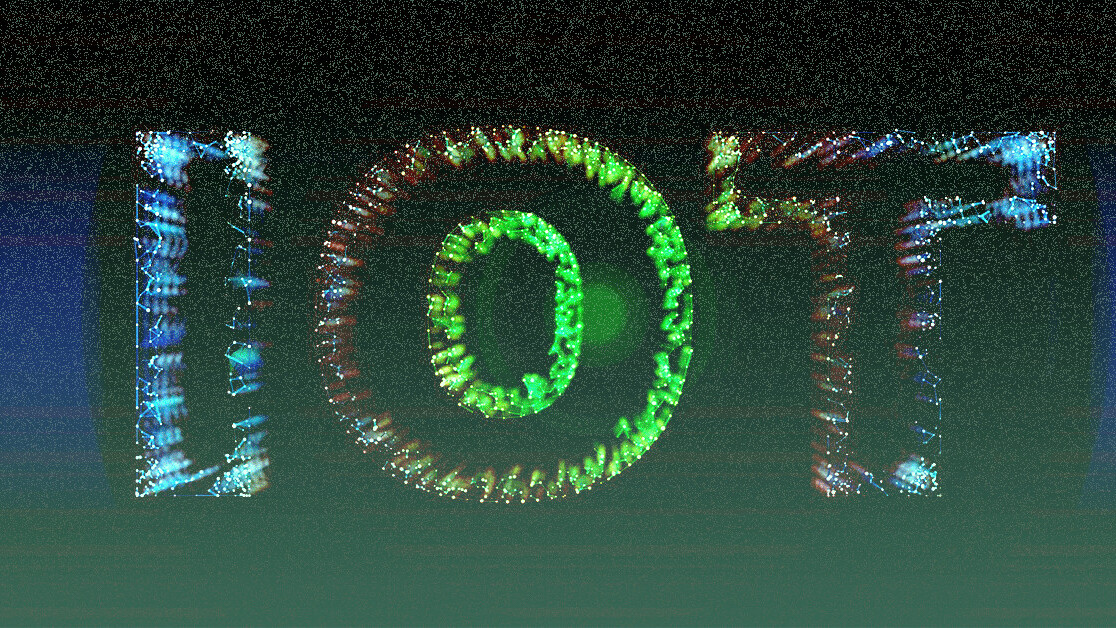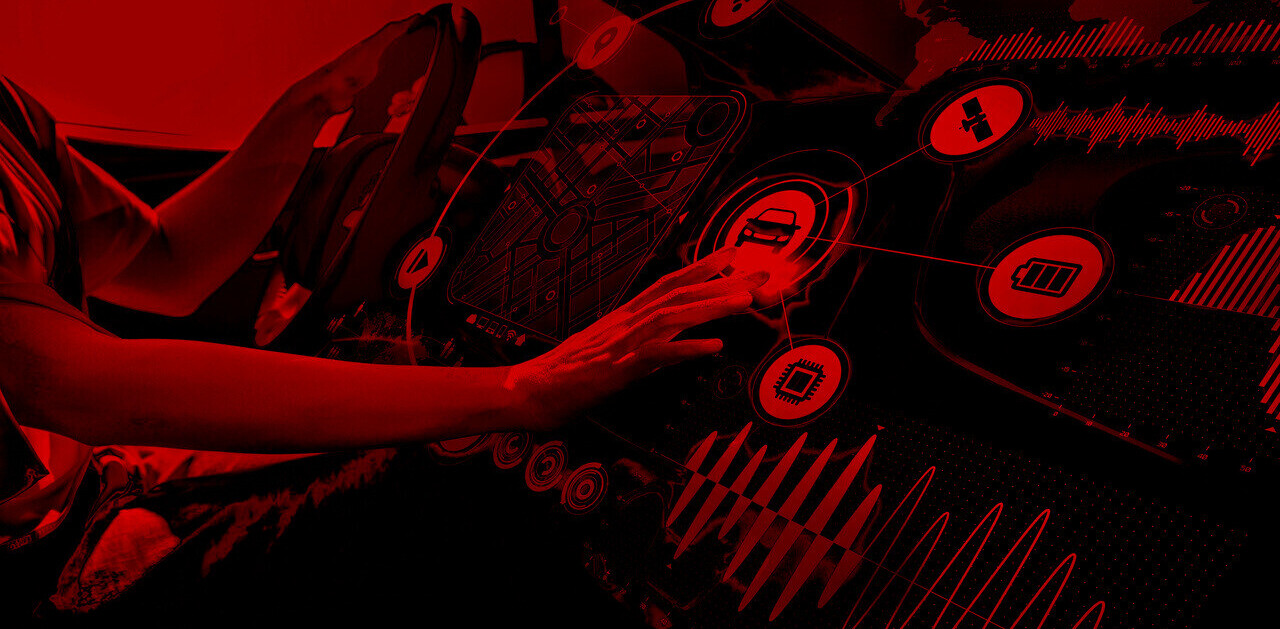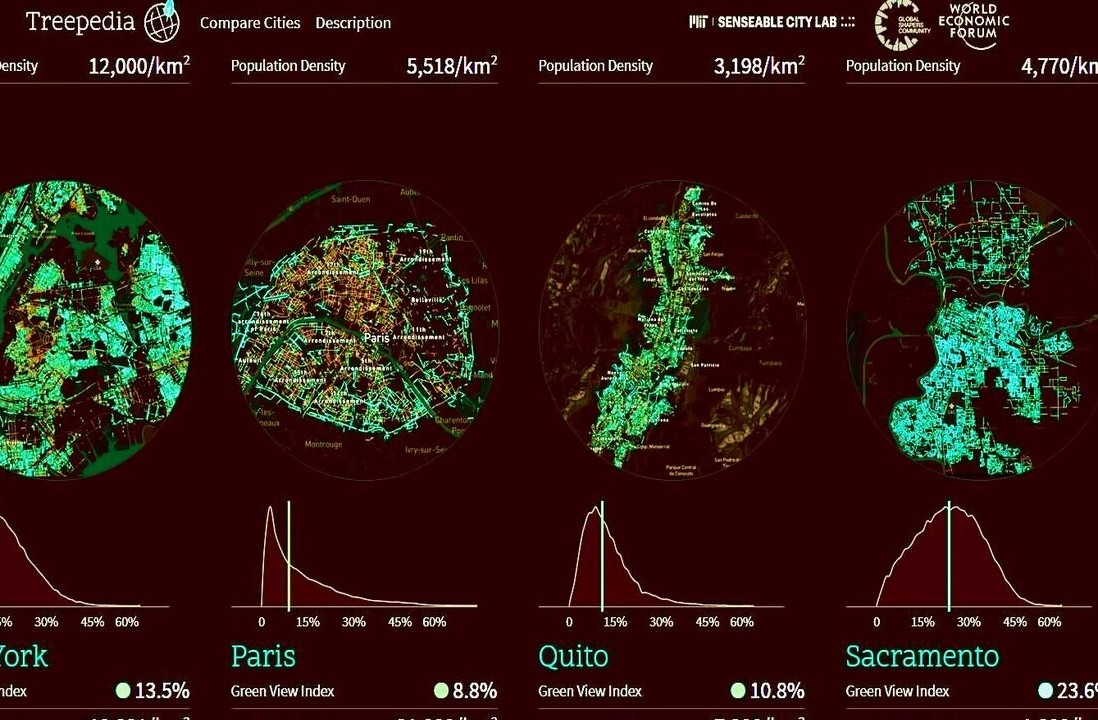
Insurance is one of the oldest practices of human societies, practiced even before the first coins were minted. Chinese and Babylonian traders in the second and third millennia BC used very crude methods to protect their cargo against sunken ships and theft. Since then, the insurance industry has come a long way, but until recently, some of the fundamental challenges remained the same. Insurers had to rely on historical data and customer reports to calculate risks and determine prices, which are not very accurate methods.
As a result, good customers pay more and careless customers less than they should, claims processing takes a long time, and fraudsters take advantage of holes in the system to rake in a lot of money at the expense of everyone. But with the advent of the internet of things (IoT), the insurance industry is undergoing a revolution.
IoT enables the real-time collection and analysis of data from the physical world, which provides an unprecedented opportunity to improve accuracy, reduce costs, and prevent fraud. In a 2018 report, the insurance market Lloyd’s outlined some of the benefits that the growth of IoT will bring to the insurance industry, including better risk understanding, avoiding preventable losses, capturing patterns and behaviors, and enabling proactive monitoring.
Today, many of these benefits are manifesting themselves in new practices by insurance companies, as well as partnerships between insurtech companies and established players in the finance industry. Here are a few examples of how IoT is making a big difference for the insurance industry.
Supply chain insurance
Cargo insurance is a three-centuries-old industry. It plays an incredibly important role in global trade, but it’s also ripe for change and improvement.
“There’s so much useful—but until now hidden—data that is relevant to understanding risk in supply chains, and thanks to IoT technology we’re finally able to access that data and put it to use,” says Ben Hubbard, co-founder and CEO of Parsyl, a U.S.-based commercial insurance platform for small businesses.
Granular data from IoT sensors takes the guesswork out of evaluating risk and processing claims by giving insurers data on what actually happens to goods as they move through the supply chain, as well as who’s responsible when issues occur.
“Most importantly, we can analyze that data over time to have a meaningful understanding of actual risk based on objective facts, resulting in improved risk management and more accurate premiums,” Hubbard says.
Parsyl launched in 2017, and were awarded a place in Lloyd’s Lab in May to develop its solution. Parsyl combines proprietary smart sensors and rich data analytics to understand when, where, and how environmental conditions such as temperature and humidity affect sensitive goods, both in transit and storage.
The combination of IoT and machine learning is providing insurance customers with new insights on risks and performance. “For example, customers can discover the best and worst times of year to transport goods, which vendors and shipping lanes are the highest risk, or the impact of different packaging on product quality,” Hubbard says. “All of this helps to pinpoint where problems are occurring and drive data-driven risk management measures to avoid them from happening in the future.”
Flood insurance
Flood insurance is vital to homes and businesses, especially in areas where floods are seasonal risks. Policies and risks are traditionally determined by geographical parameters and postal codes. Many businesses get denied insurance and others face high premiums because their insurers don’t have accurate data. Because of the lack of visibility into events and damages, claims can take months to verify and settle. Case in point: every year, an average of $41B of flood damage goes uncovered by insurance, leaving people, businesses, and governments to pay the bill.
More recently, insurers are leveraging IoT to provide more tailored policies and premiums. “IoT sensors provide property-level flood data for all our clients, allowing us to employ a risk-based pricing model,” says Dr. Ian Bartholomew, co-founder of insurtech startup FloodFlash.
FloodFlash, which became part of Lloyd’s Labs roster of startups last year, uses IoT sensors to measure flood levels in customer properties. “The resolution of data provided by our sensors allow us to provide quotes for individual buildings rather than postcodes — so premiums are tailored to specific businesses,” Bartholomew says.
FloodFlash’s customers can select a custom plan based on the depth of flood they want to insure against and the payout they’d like to receive. The company installs an internet-connected sensor in its property and monitors the flood levels in real-time. When flood reaches the agreed depth, FloodFlash pays out without requiring loss adjustment or complicated document filing and processing.
“Whilst many of our clients see cost reductions thanks to our pricing, the most important thing for a lot of small businesses is to protect their cash-flow and to recover fast. Thanks to live updates from our sensor network we paid claims in full a single day after Storms Ciara and Dennis, an unofficial record in flood insurance,” Bartholomew says.
Home insurance
Traditionally, the home insurance model has relied on user-reported data to calculate risk and third-party adjusters to deal with the aftermath of a disaster or begin a claim. But with the rise of smart home and IoT devices, the insurance model is starting to pivot from a reactive model to a proactive model.
“IoT devices in the home provide data that can be leveraged by insurers to help understand risk while smart security and sensor devices can be used as a preventative method within the home, sending homeowners and their insurers alerts when something is not right,” says Mitchell Klein, Executive Director of Z-Wave Alliance.
For example, water damage is among the leading causes of home insurance claims. Leak sensors deployed near potential accident areas such as water heaters and washing machines can raise alerts before a catastrophic event occurs. If a hose or pipe breaks when no one is home, the sensor can command a smart valve to shut off the water to minimize damage and notify the homeowner. Similarly, sensors embedded in walls or roofing will proactively report structural integrity and risk, and therefore policy cost.
Many insurance companies are now partnering with smart home companies to offer bundled incentives. For example, customers can buy and install smart sensors in their homes and provide the insurer access to the data. In exchange they receive a discount on their premium.
“For home insurance providers, partnering with IoT companies can lead to stronger relationships with customers and improve the risk management process,” Klein says. “Mitigating risk while minimizing loss claims is a win for all stakeholders.”
Faster, more accurate, less boring
With the IoT industry growing at an accelerating pace and technologies such as 5G fast developing, it is clear that we’re still scratching the surface of the potential that exists. Insurance paperwork is fast becoming a thing of the past and is being replaced by automated processes and always-accessible mobile apps. Sensors are making it easier to calculate risks and adjust policies. Insurers know their customers better and are able to establish much more personal relationships.
All in all, the insurance industry is about to become less confusing and much more pleasant.
Get the TNW newsletter
Get the most important tech news in your inbox each week.






